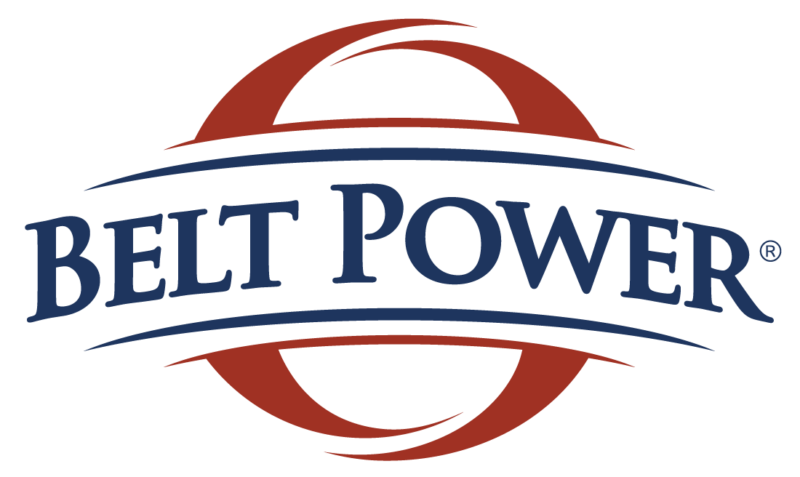- About
- Products
- Fabrication
- Services & Repairs
- Industries
- Manufacturers
- Resources
- Careers
- Contact
Choosing a timing belt can seem like a daunting task, they’re more complicated than your standard conveyor belt. With multiple fabrication options, tooth profiles, dozens of backing/cover materials, and several layers on the belt, the whole process can be overwhelming.
Every timing belt application is different; there’s no cookie cutter selection model to follow. Timing belt solutions need to be determined on a case-by-case basis. And, in order to select the most efficient belt for your plant, you’ll want an expert’s opinion on the matter. That’s why the professionals at Belt Power created this article: to guide you through answers to our most commonly asked timing belt questions.
| Cover Type | Application | Description |
|---|---|---|
| Red Linatex | Grip | These covers are recommended when grip or product pulling is needed. |
| PAR | Accumulation/release | PAR covers will reduce friction between the back of the timing belt and the product being conveyed. They are the best choice for accumulating applications. PAR can also be used to help product release from the back of the belt. |
| Urethane | Abrasion resistant | Urethane timing belt covers have great abrasion resistant characteristics for longer wear time. |
| Supergrip (rough top) | Incline/grip | Use these covers when grip or product pulling is needed. |
| Viton | High heat | This cover can handle product temperatures up to 525°F. |
| Foam | Compression | Popular in many labeling applications, foam; however, offers very poor abrasion resistance. |
| Dual Durometer | Compression & abrasion resistant | This cover’s design layers two separate materials. First, a foam cover is adhered to the back of the timing belt. Then a Linatex or urethane cover is adhered on top of the foam. This cover combines the compression properties of foam with the abrasion resistant of rubber or urethane. |
The experts at Belt Power have a wealth of timing conveyor belt experience and industry knowledge. They can guide you through the selection process to ensure you’re equipped with the most suitable and efficient timing conveyor belt to meet the specific needs of your application. If you’re in need of a new timing belt, would like to make changes to an existing timing belt, or have any questions at all; call us toll free at 800-886-BELT (2358) or contact us today.
